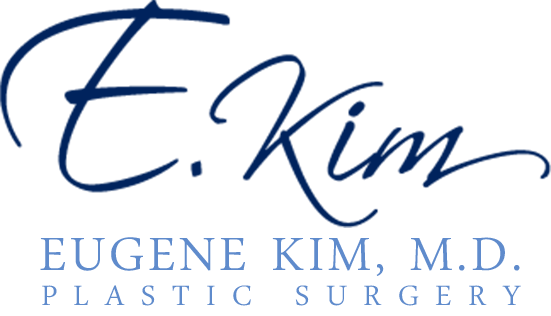 Rhinoplasty plastic surgery can treat enlarged turbinates. Turbinates refer to the long, narrow bones that project outwards from the sides of the septum inside the nasal cavity. Turbinates look like tiny, curled knobs at the ends.
Rhinoplasty plastic surgery can treat enlarged turbinates. Turbinates refer to the long, narrow bones that project outwards from the sides of the septum inside the nasal cavity. Turbinates look like tiny, curled knobs at the ends.
Turbinates are classified into three types. Superior turbinates are found in the upper part of the nose between the nose and eyes. Middle turbinates are located in the middle portion of the nose. Inferior turbinates lie right above the nostrils.
At the time of the initial consultation, the surgeon will examine the patient’s condition and determine whether they are a suitable candidate for enlarged turbinates surgery.
Board certified plastic surgeon Dr. Eugene Kim provides rhinoplasty to patients in Beverly Hills, Los Angeles, Santa Monica, West Hollywood, CA, and surrounding communities.
Turbinate Rhinoplasty
For turbinates that have become inflamed due to irritants or allergies, turbinate rhinoplasty may be an effective procedure. At times, a turbinate may become compressed as a deviated septum pushes it to one side.
Consequently, the turbinate in the opposite nasal passageway becomes larger to compensate for the constricted turbinate. This causes further breathing impediments.
Certain surgeons treat enlarged turbinates by removing tissue to decrease their size. In comparison, others do not remove any tissue at all. Instead, these surgeons fracture the turbinates in the outward direction.
Turbinates warm and humidify the air that enters the nose. This helps facilitate proper breathing. Sometimes, the removal of a turbinate may lead to a painful condition known as atrophic rhinitis.
The surgeon develops a larger passageway by fracturing a turbinate in the outward direction and away from the septum. This improves breathing and allows the turbinate to function correctly.
Surgical Procedure
There are various surgical techniques that can reduce the size of turbinates. To shrink enlarged turbinates, the surgeon may recommend a surgical procedure known as turbinate resection and turbinate reduction.
The patient can receive this procedure in the surgeon’s office or in an operating room. Generally, patients undergo septoplasty and turbinate resection at the same time.
Removing a turbinate completely can negatively affect the overall turbinate functioning and cause a very crusty and dry nose. The turbinate tissue may sometimes grow back after the surgery. In such cases, the patient may require another surgical procedure. In comparison to full turbinate removal, this option is still acceptable.
There are some techniques that can reduce the size of the turbinate without the removal of turbinate bone or tissue. Examples of such techniques are cauterization, coblation, and radiofrequency reduction.
In these procedures, the surgeon warms a part of the turbinate using a specialized device. After some time, the turbinate constricts as scar tissue forms due to the process of heating.
Other procedures can help eliminate a part of the turbinate. However, it is vital to allow sufficient turbinate to remain in the nose during such procedures. The remaining turbinate will be able to moisten and warm the air entering the nose allowing proper breathing.
Submucosal resection is a common procedure to treat enlarged turbinates. In the procedure, the surgeon leaves behind the lining of the turbinate but takes out the turbinate “stuffing.”
Cosmetic surgeon Dr. Eugene Kim receives patients from Beverly Hills, Los Angeles, Santa Monica, West Hollywood, CA, and nearby areas for rhinoplasty.
Click here see more plastic surgery procedures and treatments performed by Board Certified Plastic Surgeon, Dr. Eugene Kim on patients in Beverly Hills, Los Angeles, West Hollywood, Santa Monica and surrounding areas or call 310-271-6996 to schedule a consultation.
